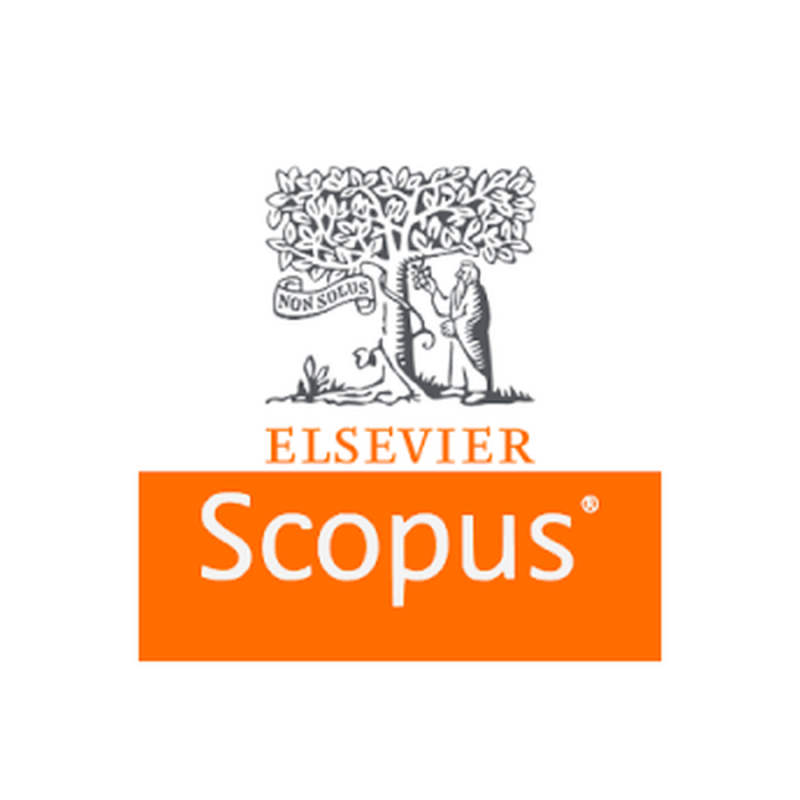Application of Rusle Model to Mapping the Soil Erosion Risk in Gebel Watershed
Abstract
The study has been carried out to mapping the risk of soil erosion in the Gebel watershed (Duhok Governorate, Kurdistan Region, Iraq) using the RUSLE model. All RUSLE factors (R, K, LS, C, and P) are computed as a rasters maps and used to calculate soil loss in ArcGIS software. The (R) factor map is computed from rainfall data and has a value ranging between (82.5 178) MJ mm ha1 h1 year1. Where the (K) factor is estimated from soil sampling, it has values ranging between (0.011 0.023) t h MJ-1 mm-1. However, the (LS) factor values range between (0 1520). Based on NDVI (Normalized Difference Vegetation Index), a satellite image (LANDSAT 8) is employed to map the (C) factor, which has values ranging from 0.389 to 0.446. The average annual soil loss the in-study area is 1.52 which ranges from 0 to 1310 . According to FAO and UNEP. (1984), soil erosion is classified into seven classes, and 76.17% of the total area has very slight soil erosion, and 19.45% of the watershed area has slight soil erosion, while the moderate soil loss rate is covers 3.19% of the total area. Finally, the other classes (High, Very High, Extremely, and Extremely High) represent 1.22% of the total area but have a large amount of soil loss (12708.87) ton per year. The results clearly show that most significant factor affecting soil loss (A) is LS factor, which has a very high significant correlation with soil loss (R2=1)



